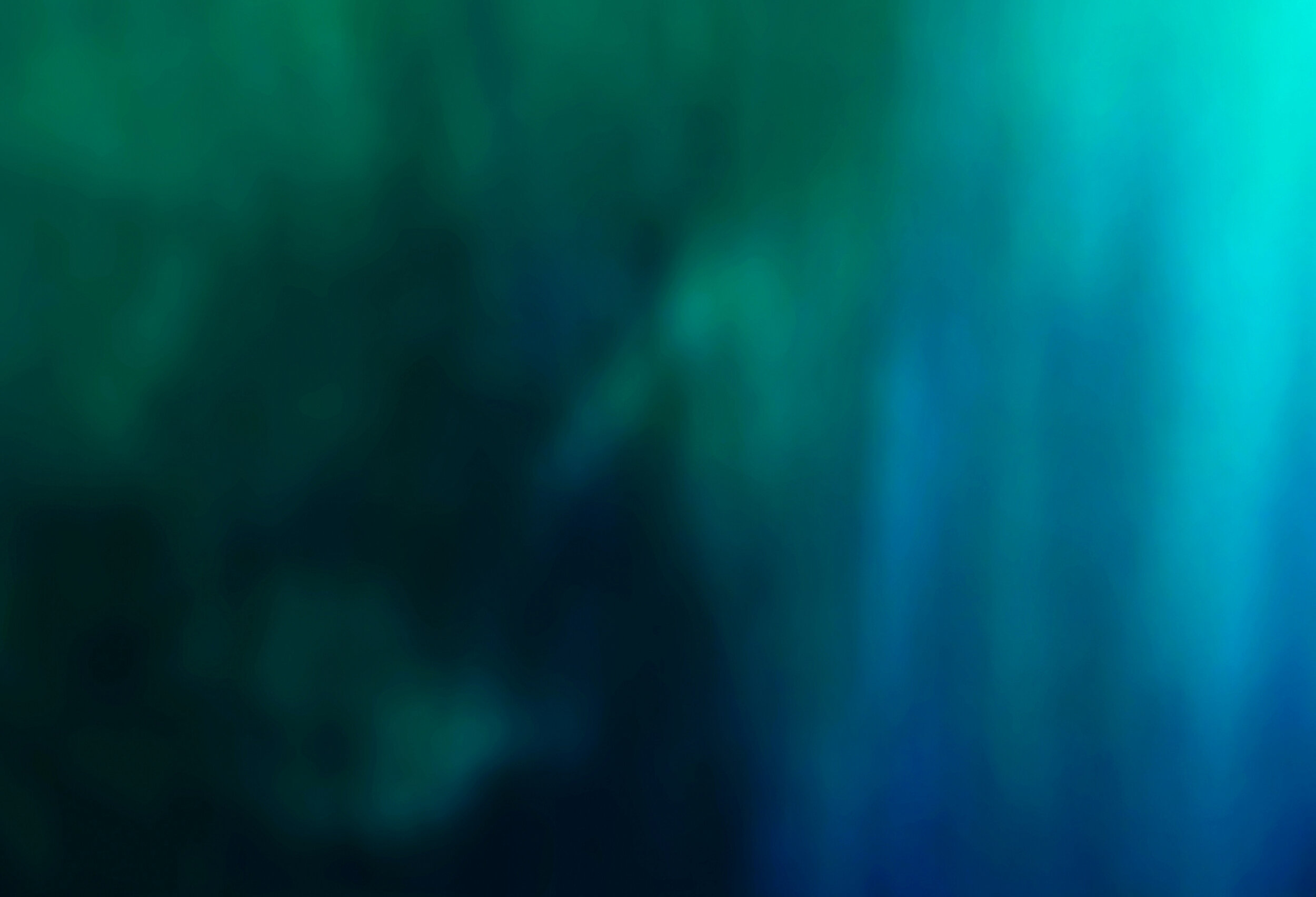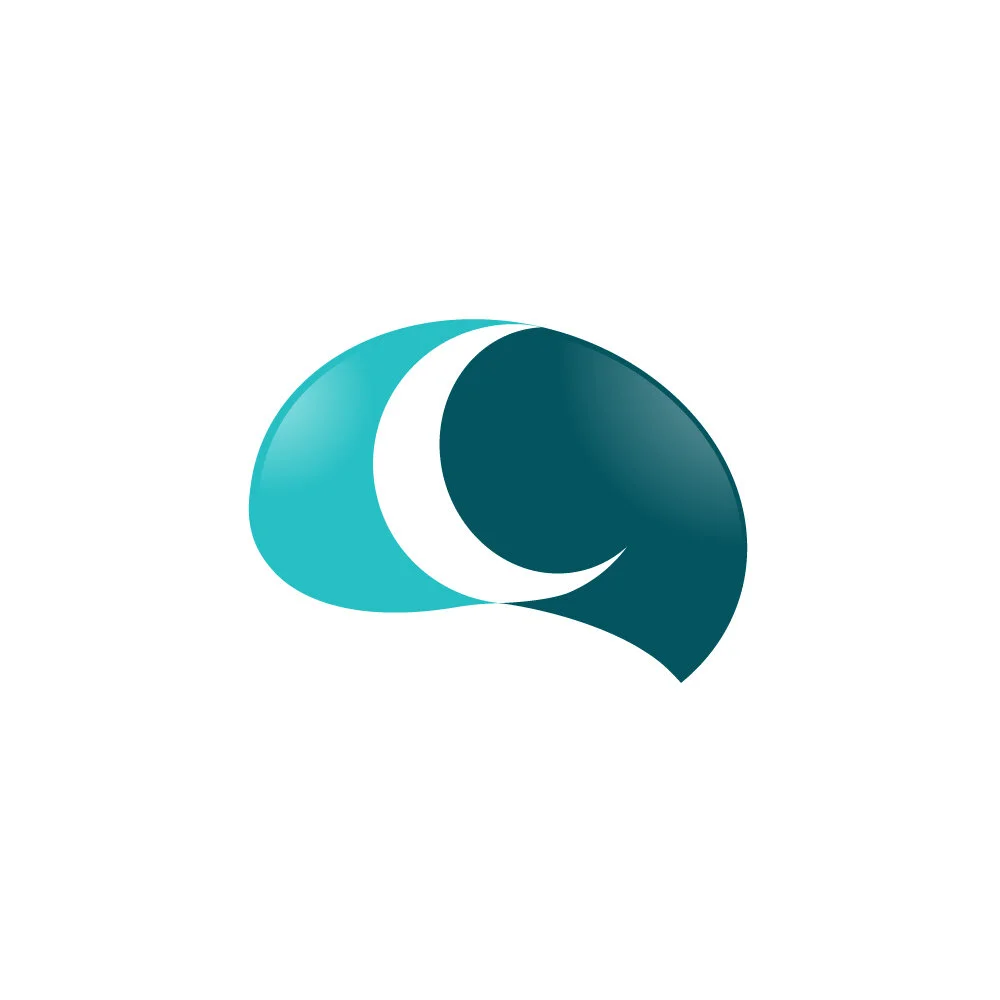
Movement Disorders
We shift and move around after getting into bed. For most of us, this movement subsides once we find a comfortable position and fall asleep. But for people with a sleep-related movement disorder, nighttime movements persist or emerge from sleep and reduce quality rest. Sleep fragmentation from the movements can lead to daytime consequences, such as fatigue and inattention at school or work. Movement disorders can also make sleep difficult for a bed partner.
What we offer at Sleep and Brain
At Sleep and Brain, we obtain a detailed clinical history of the untoward activity from you and your bed partner or a parent. Our challenge is to recognize when the movements are benign, treatable, or an emerging neurological abnormality. The actions can range from harmless hypnic jerks to epilepsy, as exampled below:
Hypnic Jerk
Sudden but essentially benign jerk or jolt can occur during the transition from drowsiness to sleep.
Restless Leg Syndrome
An irresistible urge to move the limbs can emerge before bedtime or after awakening from sleep. The strong desire to move the limbs to relieve these uncomfortable urges makes it challenging to fall asleep or go back to sleep after awakening.
Periodic Limb Movement Disorder
Repetitive movements of the feet, legs, and sometimes arms during sleep may cause a person to awaken, thereby disrupting their sleep. People diagnosed with PLMD neither have a conscious urge to move their limbs nor discomfort as with RLS, thereby unaware of their sleep activity.
Sleep Related Bruxism
Bruxism occurs when a person clenches or grinds their teeth during sleep, resulting in headaches and jaw pain.
Sleep-Related Leg Cramps
Muscle cramps can cause considerable pain. Sleep-related leg cramps are sudden, involuntary, and last from seconds to minutes. These cramps can impact falling and staying asleep.
Sleep-Related Rhythmic Movement Disorder
Repetitive, rhythmic body rocking, headbanging, or head rolling can occur during drowsiness. Although common in infants, most children outgrow it, and the phenomenon is rare in adults.
Benign Sleep Myoclonus of Infancy
Twitches may occur when an infant is drowsy or asleep. The twitches are harmless and resolve when the infant awakens. Sometimes the activity is mistaken for epilepsy.
Propriospinal Myoclonus at Sleep Onset
Sudden jerks of the neck and abdomen may occur during drowsiness. Although the jerks may cause problems falling asleep, they resolve after they fall asleep or wake up completely.
Epilepsy
A bidirectional relationship exists between epilepsy and sleep. Poor sleep can trigger seizures and vice versa. Most sleep seizures occur when people fall asleep and awaken. About a quarter of people with epilepsy only have seizures during sleep
Specifically, we uncover behavioral and historical characteristics of the activity, as exampled below, to distinguish the type of event:
Time of event
Hypnic jerks occur during the transition from drowsiness to sleep.
Seizures rarely occur during REM sleep
Duration of event
A hypnic jerk is a single, sudden movement
Frontal lobe seizures last seconds up to a minute
Variable versus stereotyped
Seizures exhibit stereotypical or the same activity each event
Periodic limb movements of sleep can alternate from limb to limb
Eyes open or closed
Eyes are open during seizures
Eyes are closed during periodic limb movements
Memory recall
Seizure recall is possible if the seizure is brief, following by an awakening, ad the seizure does not involve both hippocampi
Periodic limb movement of sleep recall is absent
A specialized physical examination is conducted to uncover clues to the etiology of the sleep activity. For instance, the bite force of up to 250 pounds used during teeth grinding can lead to dental wear. Or a spinal or nerve abnormality can underly restless legs syndrome and leg cramps.
Laboratory tests may be ordered to identify nutritional deficiencies and blood counts. Restless legs syndrome, for instance, is associated with low iron levels. And in pregnancy, restless legs syndrome can be associated with low folate levels.
Nighttime teeth grinding may occur with sleep-related breathing disorders such as obstructive sleep apnea. Consequently, we may recommend sensitive home sleep testing with peripheral arterial tonometry to quantify your sleep patterns and evaluate sleep-disordered breathing and sympathetic arousal frequency.
Laboratory sleep testing, performed in your home, may be necessary to evaluate additional sleep problems such as periodic limb movements and seizures.
Understanding the cause of your sleep activity is essential to customize a treatment regime. We direct treatment toward the movement disorder as exampled below:
Iron and dopamine deficiencies can cause RLS and PLMD. We treat RLS with iron supplements, medication, and non-medication therapies.
Lifestyle, medication, and medical management are the cornerstones of mitigating leg cramps. Massage, heat, and stretch can provide relief.
Benign myoclonus of infant resolves by age three months and does not require treatment.
Achieving sufficient sleep is essential for people with epilepsy as sleep deprivation can increase the frequency of seizures. Brain neurons produce changes in electrical activity when sleep-deprived, potentially leading to a seizure.
Peroneal stimulation treats RLS by using electrical pulses on the leg’s peroneal nerve, reducing discomfort and improving sleep.



